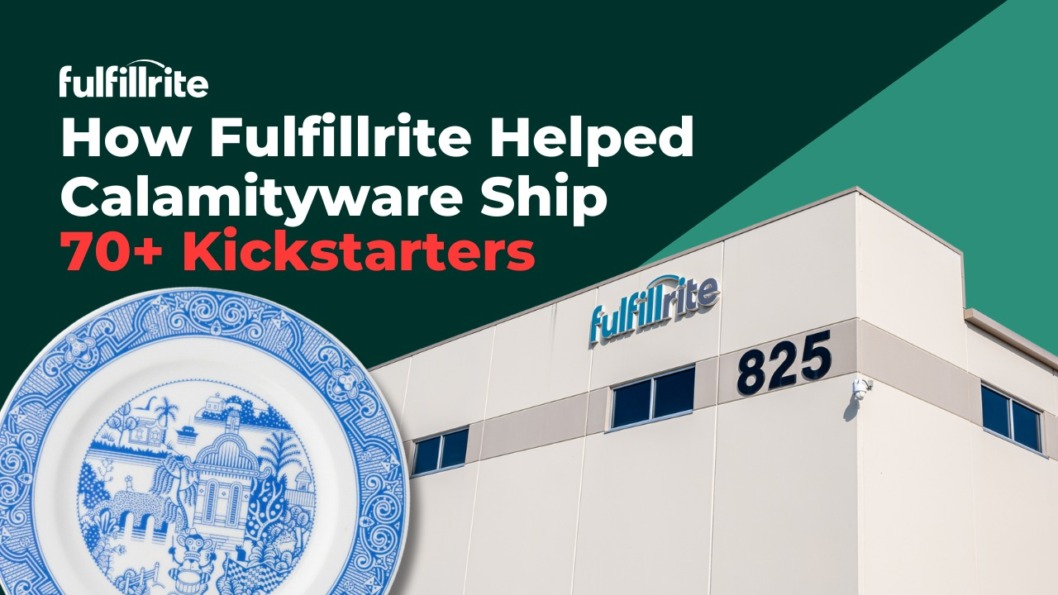Case Studies
How Fulfillrite Helped Calamityware Ship 70+ Kickstarter Campaigns
In this video, we talk with Lynnette Kelley, the CEO of Calamityware. She's been working with Fulfillrite for order fulfillment for over 10 years. The transcript that follows is her story and her words.
Read full article
Eager to learn more about order fulfillment, eCommerce, or crowdfunding? We’re always working on up-to-date information to keep you in the know.
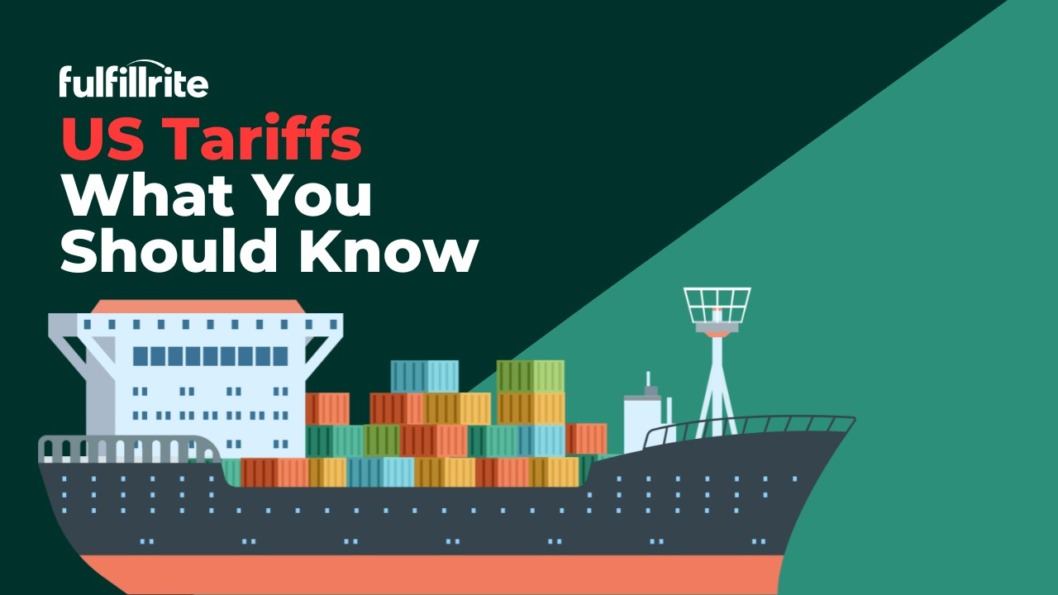
USA Tariffs: What Ecommerce & Kickstarter Brands Must Know
Note: This topic is changing quickly and we're going to be keeping this post up-to-date as best we can. Last update: April 21, 2025 at 3:27 PM ET.The U.S. government has recently made some major changes to its trade policy. Most of this has been in the context of tariffs, which are taxes charged on imported goods.

How to Find the Best Supplement Contract Manufacturer
Manufacturing supplements is harder than it looks. From the outside, the process seems straightforward: come up with a formula, send it to a factory, and before long, your product arrives ready to sell. But the reality? There are a lot of points of potential failure. You might pick the wrong...
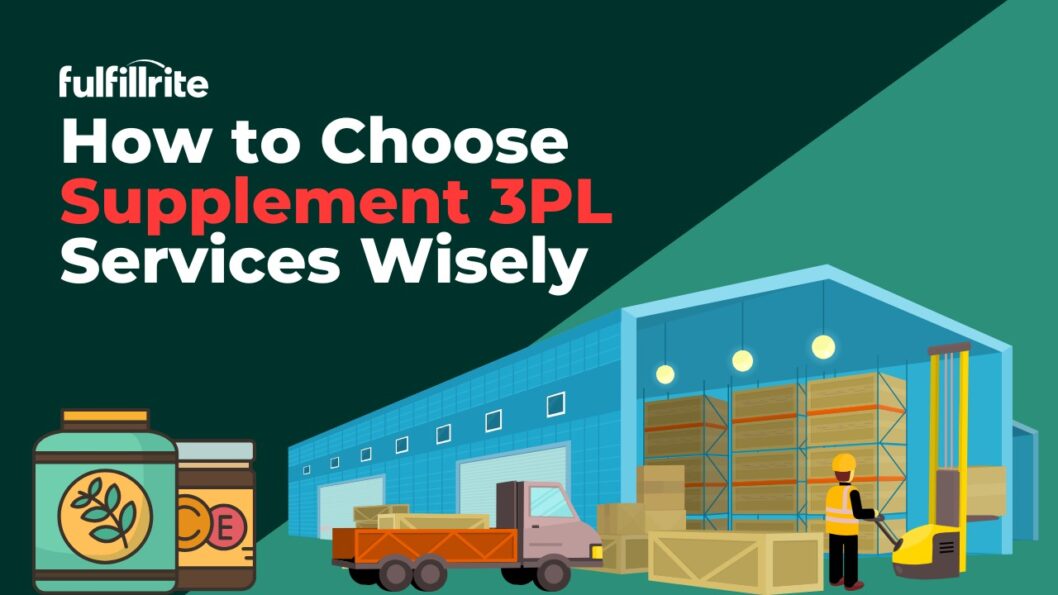
How to Choose Supplement 3PL Services Wisely
If you’re selling supplements, choosing a fulfillment partner isn’t optional. It’s a make-or-break decision. You can have the perfect formula, beautiful packaging, and solid demand. But if your shipping falls apart, your brand takes the hit. Customers don’t blame the warehouse. They blame you. And they don’t come back. That’s...

How to Manufacture Supplements the Right Way
Having an idea for a supplement is easy. You’re in the shower, and it hits you: a focus blend that doesn’t taste like chalk. A better multivitamin for people who hate pills. A natural sleep aid that actually works. You write it down, you sketch a logo, maybe even mock...

How to Make Consumer Electronics
Building a consumer electronics product is a long, complicated process. Even when everything goes right, it’s still hard. Design takes time. Manufacturing has lead times. Certification takes its sweet time. And testing, always necessary, reveals problems you didn’t even know to look for. And all the while, the clock is...
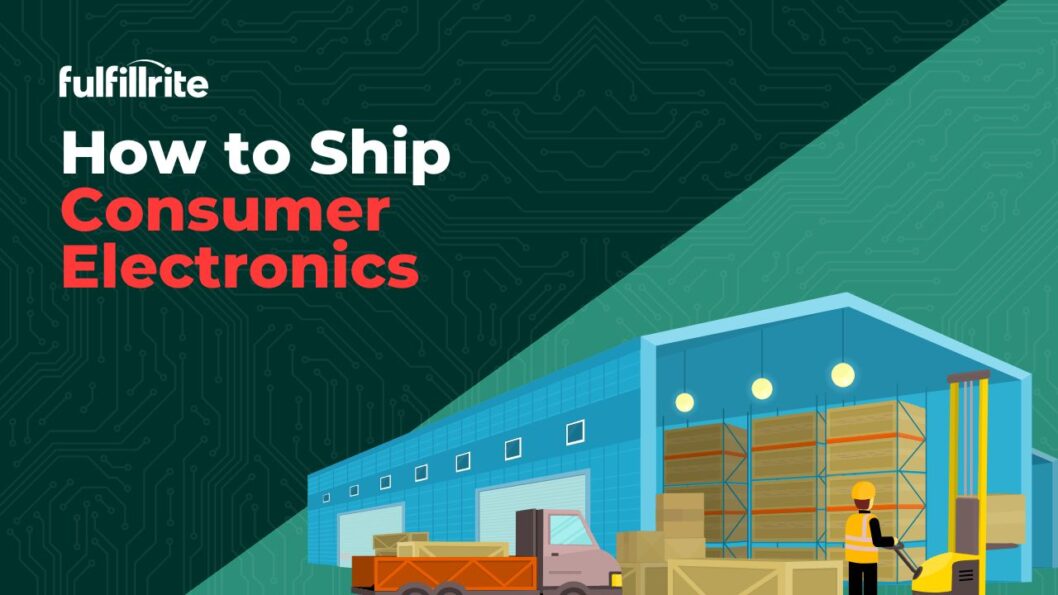
How to Ship Consumer Electronics
How to Ship Consumer Electronics Shipping consumer electronics isn’t like shipping T-shirts or books. It’s more like trying to mail a puzzle box made of glass and wires. All at once, it’s fragile and complex and full of expectations. You’ve got customers in multiple countries. You’ve got firmware versions, serial...
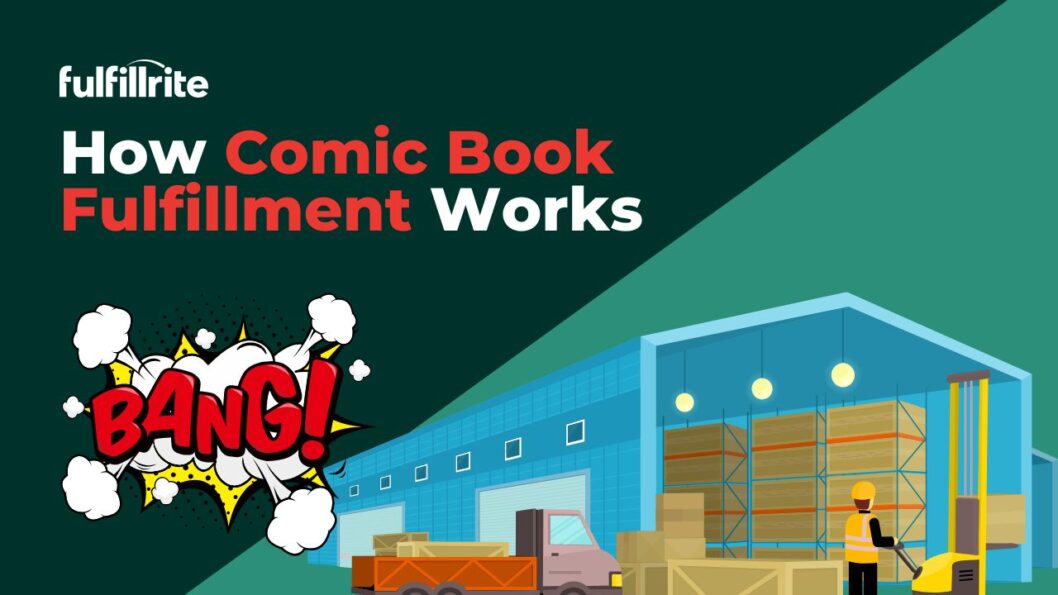
How Comic Book Fulfillment Works
Selling your comic is an incredible milestone. It means people believe in your work enough to pay for it. But the work doesn’t stop at “sold.” Now you have to ship it. Whether you're dealing with 20 local orders or 2,000 international backers, comics fulfillment is where creators make or...

How Much Does It Cost to Self-Publish a Comic?
One of the first questions most new creators ask is: How much does it cost to self-publish comics? The honest answer? It depends. A black-and-white zine printed at home won’t cost the same as a full-color, foil-cover graphic novel sent to 2,000 Kickstarter backers around the world. Format, page count,...

How To Sell Your Self-Published Comic Book
Self-publishing comics is one of the most rewarding creative risks you can take. You have full control over the story, the art, the design, and how your work reaches readers. You’re not waiting on a publisher’s green light. You make the call. But the freedom comes with a lot of...
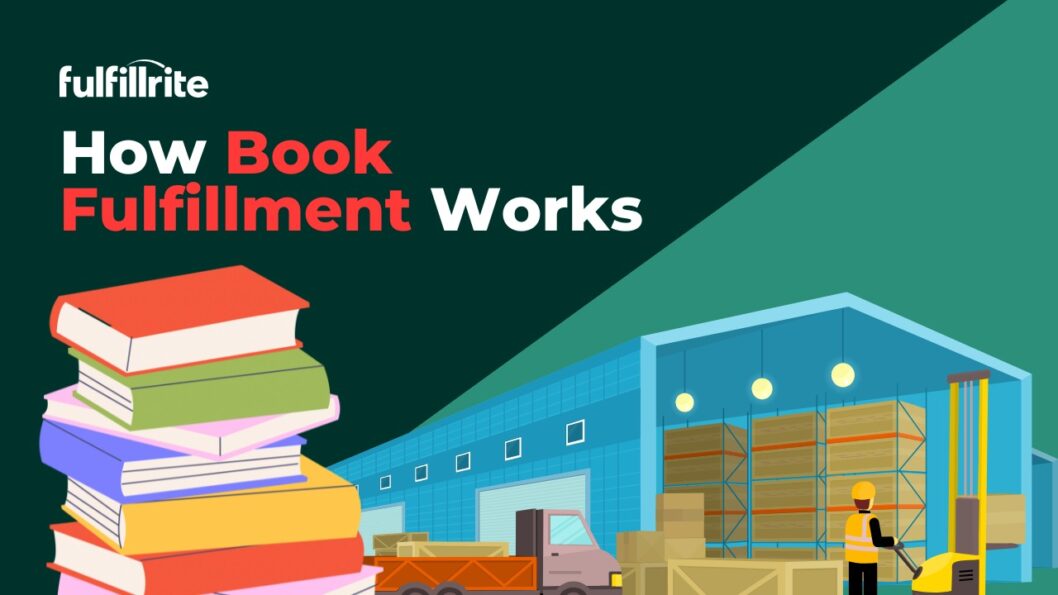
How Book Fulfillment Works
Your book is finished. Now you have to get it into someone’s hands. You wrote the book. You found a printer. You paid for a stack of boxes filled with your words. Now what? For most self-publishers, this is the moment the panic sets in. Because finishing the book is...

How Much Does It Cost to Self-Publish and Fulfill a Book
Most people budget for the book, not the box. You’ve got a book in progress. Maybe it’s almost ready to send to the printer. You’ve looked into editing. You’ve priced out cover design. You know it won’t be free, but you’ve got a plan. The problem? Most authors don’t realize...

How to Sell a Self-Published Book (and Actually Make a Profit)
You wrote the book. Now what? Writing and editing are hard enough. You got through that. Maybe you even figured out formatting, cover design, and ISBNs. Maybe not. Either way, once you’re holding a copy of your book, or staring down the invoice from your printer, you’re suddenly staring at...
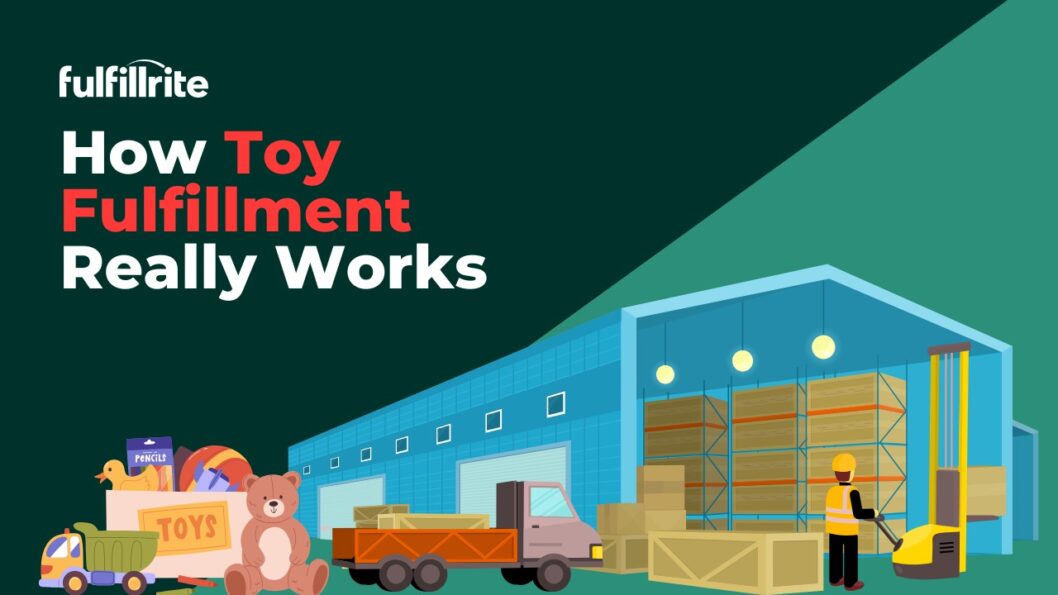
How Toy Fulfillment Really Works
Toys are weird. At least when it comes to fulfillment. They come in every shape and size. Some rattle, some break, some are full of tiny choking hazards that’ll get you fined if you ship them wrong. And don’t even get me started on Q4—the whole toy industry lives and...
